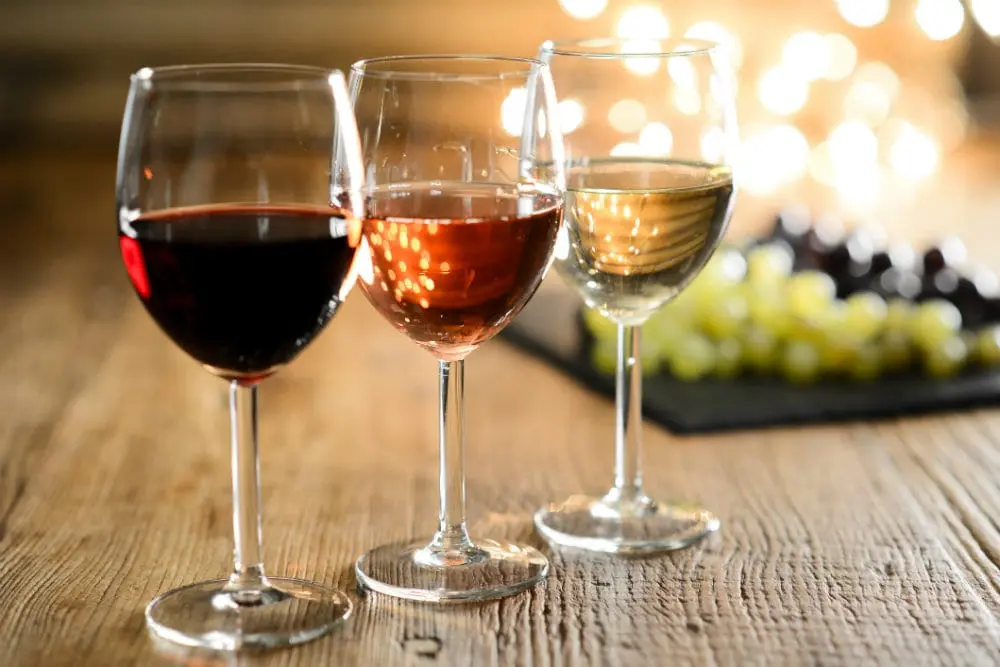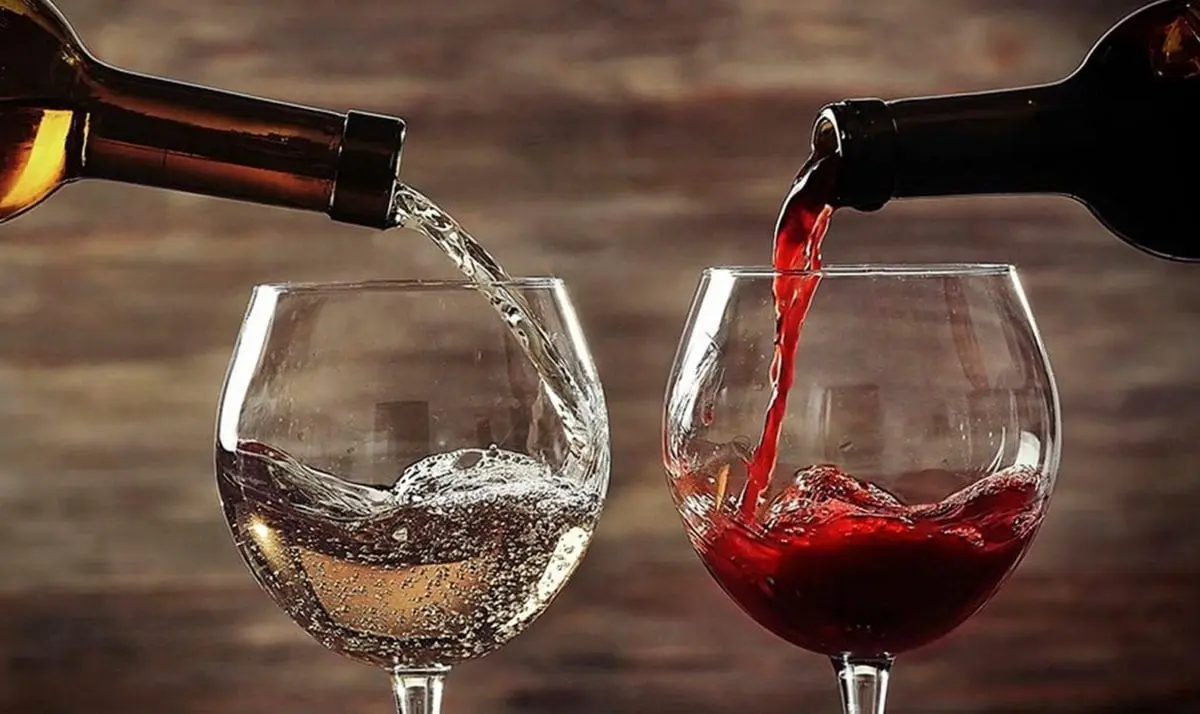Contents
Description
Wine (lat. Vinum) is an alcoholic beverage made by natural fermentation of grapes or any other fruit juice. The strength of the drink after fermentation is about 9-16.
In strong varieties, high strength they achieve by diluting wine with alcohol to the desired percentage.
Wine is the oldest alcoholic drink. There are many legends of the beverage’s first occurrence, which are reflected in the epics of Ancient Greek, Ancient Roman, and Persian mythology. Many scientists believe that winemaking’s emergence and development are inherently associated with human society’s formation and development.
The oldest beverage that has survived in the form of fossilized remnants dates back to 5400-5000 BC. Archeologists found it in the modern territory of the Caucasus.
Production technology
The technology of the drink all the time changes. This happened until manufacturers clearly defined the main phases. The process of production of white and red wine is different.
Red
So red wine manufacturers produce from red grapes. They harvest ripened grapes and pass them through the crusher, where the special ridges divide the berries and the branches. In this surgery, the bone must remain intact. Otherwise, the drink will be too tart. Then crushed grapes along with yeast they place in special vats where fermentation starts. After 2-3 weeks, the intensity of fermentation reduces, and alcohol reaches the maximum. In case of an insufficient amount of natural sugar in the grapes- manufacturers add pure sugar. At the end of fermentation, they pour the wine, squeeze and filter the cake.

The young wine manufacturers may bottle at once. The result is a fairly cheap brand of wine. The more expensive brands, they inherent aging in oak barrels in the cellar at least 1-2 years. During this period, the wine evaporates and settles on the bottom of the sediment. To achieve the best quality drinks in barrels, they constantly top-up and transfer to a fresh barrel to clean from the sediment. A vintage beverage they subject to final filtration and bottling.
White
For the production of the white wine, they peel the fruits of the grapes before the fermentation process, and for infusion, they use only decanted liquid without squeezing. The process of aging of the white wine does not exceed 1.5 years.
Depending on the sugar content in wine and its strength, these drinks are divided into the table, strong, flavored, and sparkling.
People produce wines everywhere around the world, but the top five sales of wine include France, Italy, Spain, USA, Argentina.
Each variety of beverage is best to serve at a certain temperature and to certain dishes.
The benefits of wine
Many doctors believe that the daily consumption of small quantities of wine is very beneficial for the whole body’s health (no more than one glass per day). It contains a large number of enzymes, acids (malic, tartaric), vitamins (B1, B2, C, P), minerals (calcium, sodium, potassium, phosphorus, magnesium), and other biologically active substances.
So red wine is very rich in this antioxidant, like resveratrol. Its proper area is 10-20 times more powerful than vitamin E. Wine also contains iron and substances that contribute to its better absorption increases the level of hemoglobin. The beneficial effects of red bone marrow help to produce red blood cells (erythrocytes).

The use of wine strengthens digestion, appetite, and the secretion of the salivary glands. It has antiseptic and antibacterial properties, inhibiting causative agents of cholera, malaria, and tuberculosis. Some doctors prescribe the consumption of red variety for peptic ulcer disease. The presence of tannins contributes to the rapid healing of ulcers.
White and red wine reduces cholesterol levels in the blood, normalizes metabolism, and promotes toxins’ excretion. They also normalize the salt level; we recommend using wine to reduce the salt deposits in the joints.
Content in wine, carbohydrates, and some types of proteins gives the body extra energy. Tartaric acid facilitates the assimilation of complex proteins of animal origin.
The harm of wine and contraindications
Firstly, the useful properties have only natural drinks without any additives and dyes.
Excessive consumption of wine can lead to the development of coronary heart disease, liver cirrhosis, and diabetes. Also, an excessive amount of alcohol can stimulate the development and growth of cancers.
In conclusion, it should be excluded from women’s diet during pregnancy and lactation. People with diseases of the liver and pancreas with acute cystitis and the treatment are antibiotic drugs and children menu.









